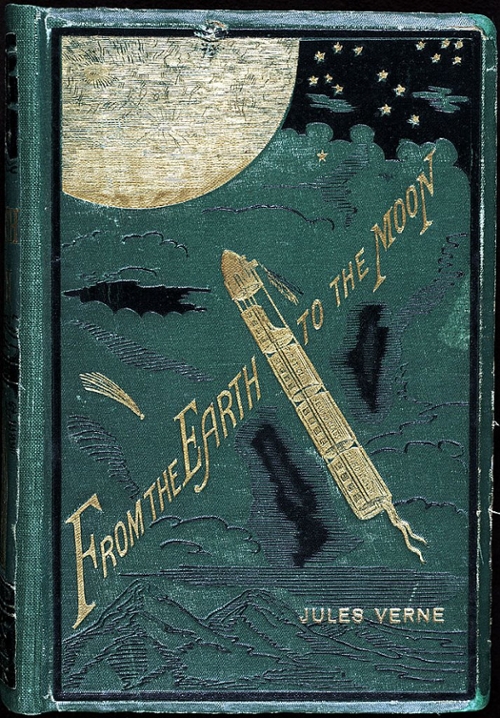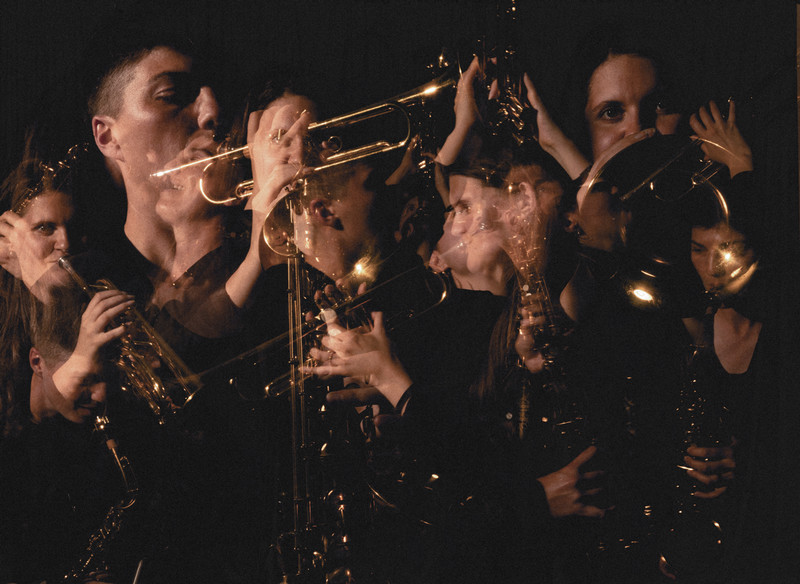The “Creative Vision” Behind Technological Achievement
By Tom PorterAs the world celebrates the fiftieth anniversary of the Apollo moon landing, Anne Collins Goodyear, co-director of the Bowdoin College Museum of Art, reflects on the role artists have played in paving the way for scientific innovation.

Writing in The Conversation, Goodyear says as well as being an opportunity to celebrate “a remarkable technological achievement,” the anniversary is “also a good time to reflect on the creative vision that made it possible.” She describes how, for centuries, artists and writers have been using their imagination to portray visions of space travel.
“Ancient mythologies teemed with deities who suffused the skies, glimmered from stars, and rode the sun and moon,” says Goodyear, who goes on to describe how French writer Jules Verne provided “an uncannily prescient account of the development of space travel” in his 1865 novel From Earth to the Moon: “Three astronauts blast off from Florida in a small aluminum capsule, fired from the end of an enormous cast iron gun. After orbiting the Moon and making observations with a pair of opera glasses, the three men return to Earth, splashing into the ocean as heroes.”
When they touched down on the moon in 1969, she says, astronauts Neil Armstrong, Buzz Aldrin, and Michael Collins “would realize the vision that Verne and others had instilled in the mind’s eye of millions. This accomplishment would, in turn, inspire artists anew.”



